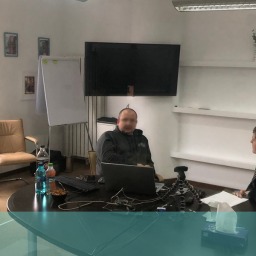
5 pointers for better international user experience research
Compared to a little as ten years ago, the world is now a much smaller place. Global connectivity means that, when once we developed products in the safe knowledge they were destined primarily for the home market, nowadays we have to consider the universal stage and how user expectations differ throughout the world.
Therefore, it’s important to perform international user experience research for the market(s) you intend to target. Here’s five pointers to set you on the right track.
1. Early and often
Don’t wait until your product’s released into the wild before considering other markets. Doing so will prove costly if you have to make major alterations to suit the users of an overseas market. It’s better to enter a project with the wider audience in mind and conduct the international user experience research early on, for whatever markets you foresee your product appealing to. That way you can mitigate any expensive overhauls further down the line.
2. Conduct exploratory research
Before conducting international user experience research, get a handle on the market you intend to target. Background research, prior to UX testing etc, will give you valuable insights into the shape your primary research should take, such as the demographics of your customers, cultural requirements and whether gaps in the market offer a previously overlooked issue that might need consideration.
3. Involve the local researcher
A report from the local researcher, who knows the market, is an essential component of your UX studies, allowing you to compare with other local markets. This allows you to build up a bigger picture and identify what usability issues are strictly local, and those that have a more international grounding. You can then use your findings to provide a loose structure for the direction that further UX activity should take.
4. Results are only as reliable as your translator
Well … sort of. But the importance of a competent and fluent translator in international user experience research can’t be stressed enough. Good translators are often in demand – because they’re good – so it’s imperative to book well in advance.
5. Don’t be put off by cost
Despite what you might’ve heard elsewhere, international user experience research isn’t going to break the bank. A variety of options are available to organisations looking to undertake international user research, including remote testing, user surveys and incorporating video chat services such as Skype. Here at UX24/7, we already have an international network of senior UX professionals in place, which makes it no more expensive than researching the home market.
Whatever your budget, it’s worth remembering that it could cost you more not to undertake international UX research, than it would’ve had you been on board from the start.
Ensure your software products meet the demands of an international market. To find out more get in touch on +44(0)800 024624 or email us at hello@ux247.com.

















